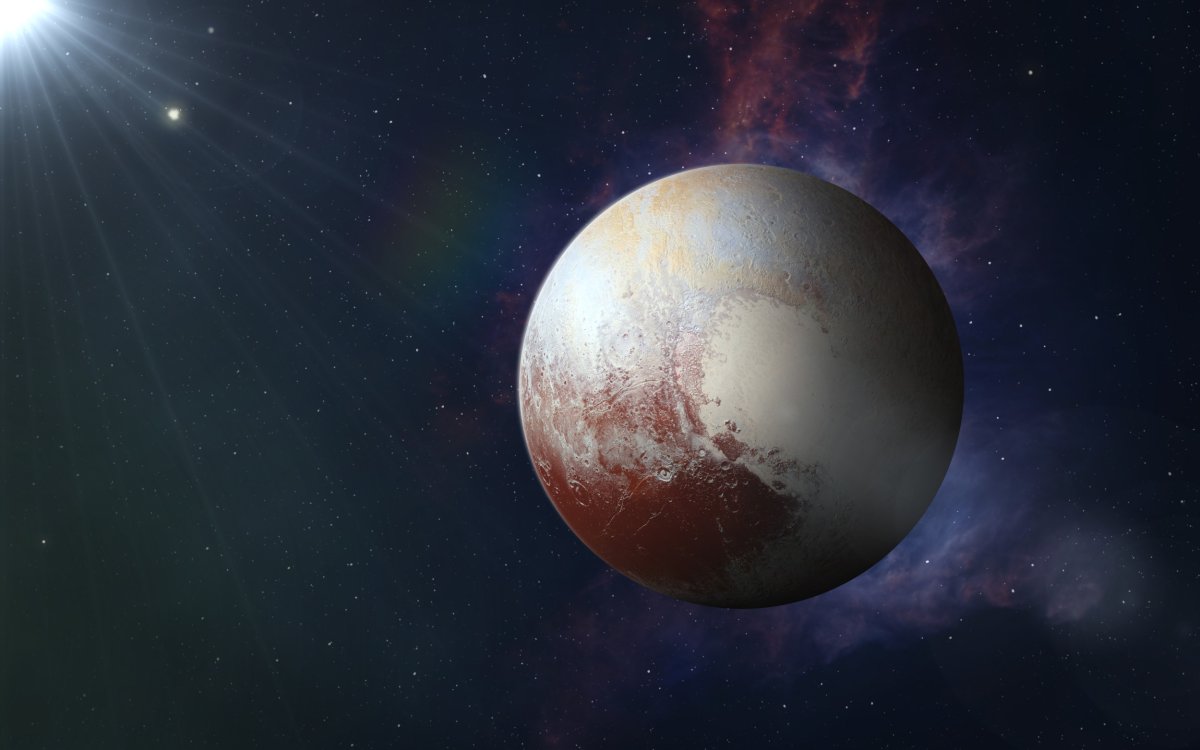Astronomers detect possible dwarf planet on solar system’s fringe

This object, traveling along a highly elongated orbit around the sun, may meet the criteria to be classified as a dwarf planet.
Scientists have discovered a celestial object approximately 435 miles (700 kilometers) wide located in the cold, distant outskirts of our solar system.
This object, traveling along a highly elongated orbit around the sun, may meet the criteria to be classified as a dwarf planet.
Researchers describe it as one of the farthest visible bodies known in the solar system, suggesting that the vast region beyond Neptune and the Kuiper Belt previously thought to be mostly empty may actually host more objects.
The Kuiper Belt itself contains numerous icy bodies.
Designated 2017 OF201, this object belongs to a group known as trans-Neptunian objects, which orbit the sun at distances greater than Neptune’s.
It takes roughly 25,000 years to complete one full orbit around the sun, in contrast to Earth’s 365-day orbit.
The team of researchers identified 2017 OF201 using telescope data collected over seven years from observatories in Chile and Hawaii.
Astrophysicist Sihao Cheng from the Institute for Advanced Study in Princeton, New Jersey, who led the study alongside Princeton graduate students Jiaxuan Li and Eritas Yang, explained, "This object is potentially large enough to be classified as a dwarf planet. Its orbit is wide and highly eccentric, indicating it has undergone a complex migration history."
The estimated size of 2017 OF201 is slightly smaller than Ceres, the smallest of the five officially recognized dwarf planets in our solar system, which measures about 590 miles (950 kilometers) across.
By comparison, Pluto, the largest dwarf planet, has a diameter of roughly 1,477 miles (2,377 kilometers).
The mass of 2017 OF201 is estimated to be about 20,000 times less than Earth’s and approximately 50 times less than Pluto’s.
Cheng added, “We have yet to determine its exact shape because it is too distant for current telescopes to resolve clearly. Its composition remains unknown, but it is likely similar to other icy objects in this region.”
The Minor Planet Center, part of the International Astronomical Union, a global association of astronomers, announced the discovery, which is detailed in a study available on the open-access platform arXiv. This research has yet to undergo peer review.
An astronomical unit (AU) is the average distance between Earth and the sun.
The object known as 2017 OF201 is currently situated about 90.5 astronomical units away from the sun, meaning it is 90.5 times farther than Earth.
At its farthest orbital point, 2017 OF201 travels over 1,600 astronomical units from the sun, while its closest approach brings it to approximately 45 astronomical units.
This means that at times, it is nearer to the sun than Pluto, which orbits between roughly 30 and 49 astronomical units on its elliptical path.
Scientists believe the highly elongated orbit of 2017 OF201 might be the result of a past gravitational encounter with a massive planet.
According to Cheng, our knowledge of the distant solar system remains limited, as objects beyond about 150 astronomical units are challenging to observe directly.
The discovery of this lone object hints at the possible existence of around one hundred other similar-sized bodies sharing comparable orbits, which are currently too distant to detect.
The International Astronomical Union recognizes five dwarf planets, listed in order of their average distance from the sun: Ceres, the largest body in the asteroid belt between Mars and Jupiter, followed by Pluto, Haumea, Makemake, and Eris, all of which orbit beyond Neptune.
The IAU distinguishes planets from dwarf planets based on their ability to clear their orbital neighborhoods.
A planet must orbit the sun, have a nearly round shape, and be massive enough to clear its orbital path of other similar-sized objects.
A dwarf planet also orbits the sun and is round, but lacks this orbital dominance.
Cheng noted that the finding of 2017 OF201 could impact theories about the possible presence of a ninth planet in our solar system, often referred to as Planet X or Planet Nine.
This is because the orbit of 2017 OF201 differs from the patterns seen in other known trans-Neptunian objects, which usually group together in similar trajectories.
Some researchers have suggested that this clustering results from the gravitational influence of a still-undiscovered planet.
Cheng explained, "The fact that 2017 OF201 does not fit within this clustering pattern may call this hypothesis into question."
